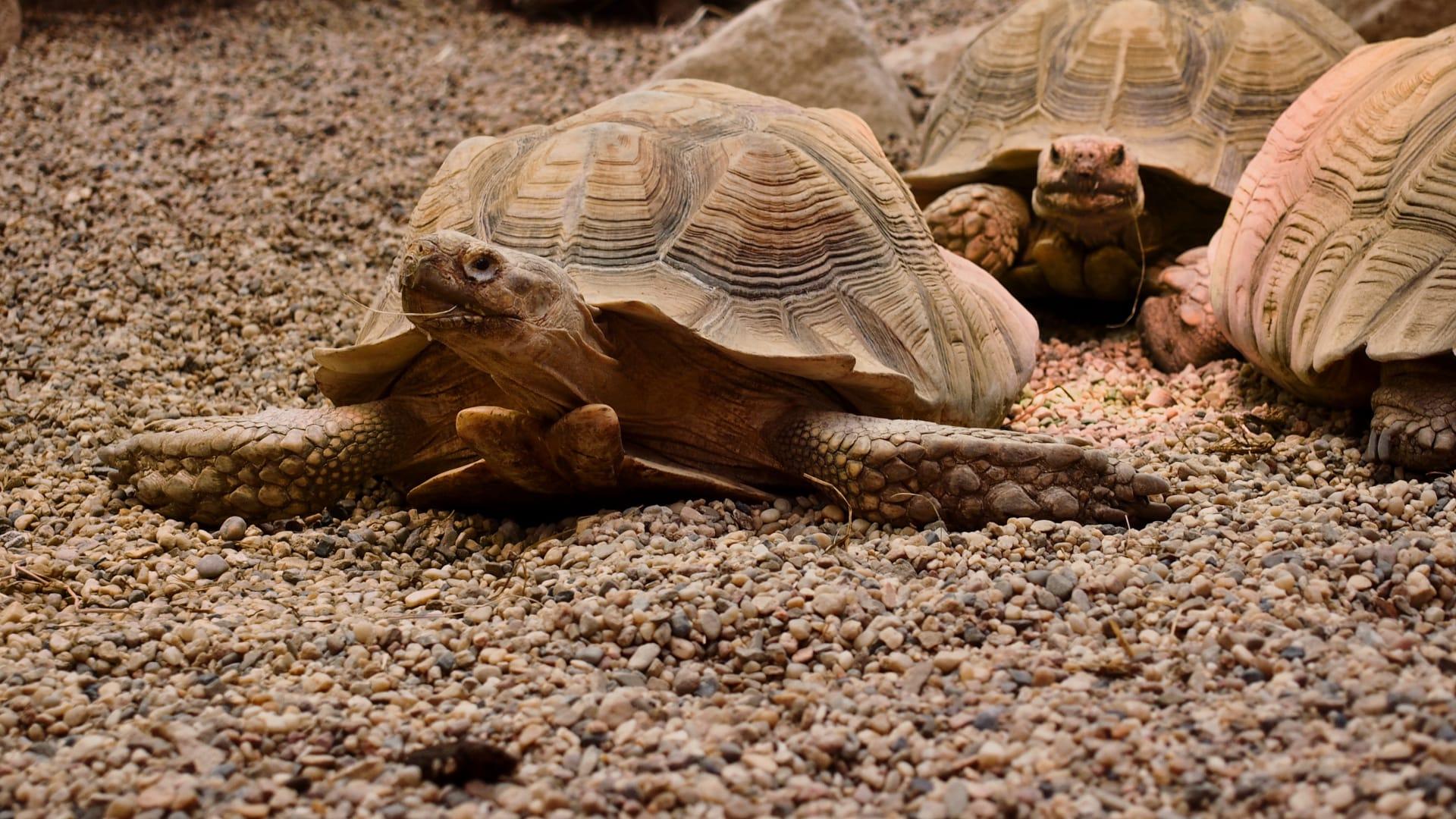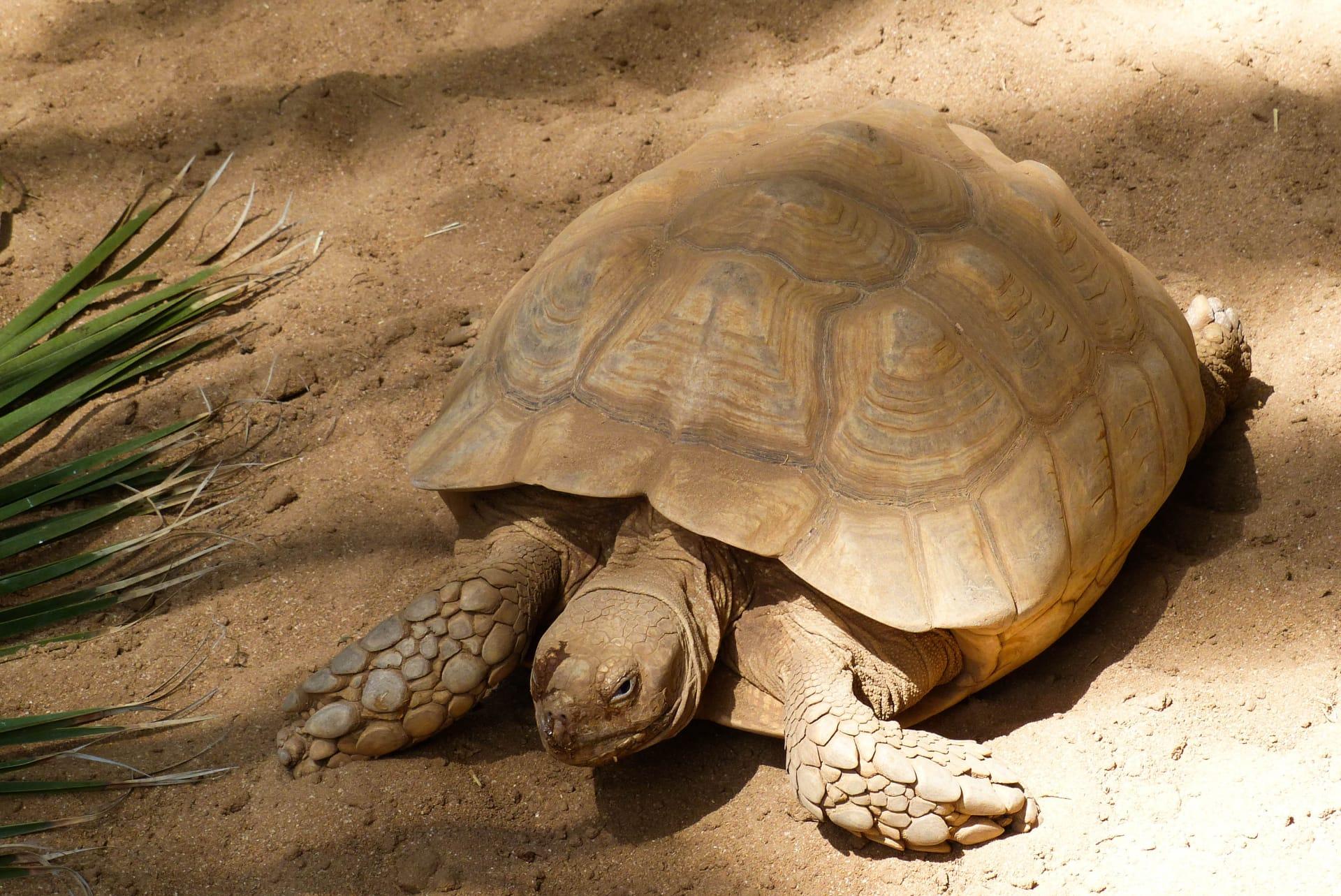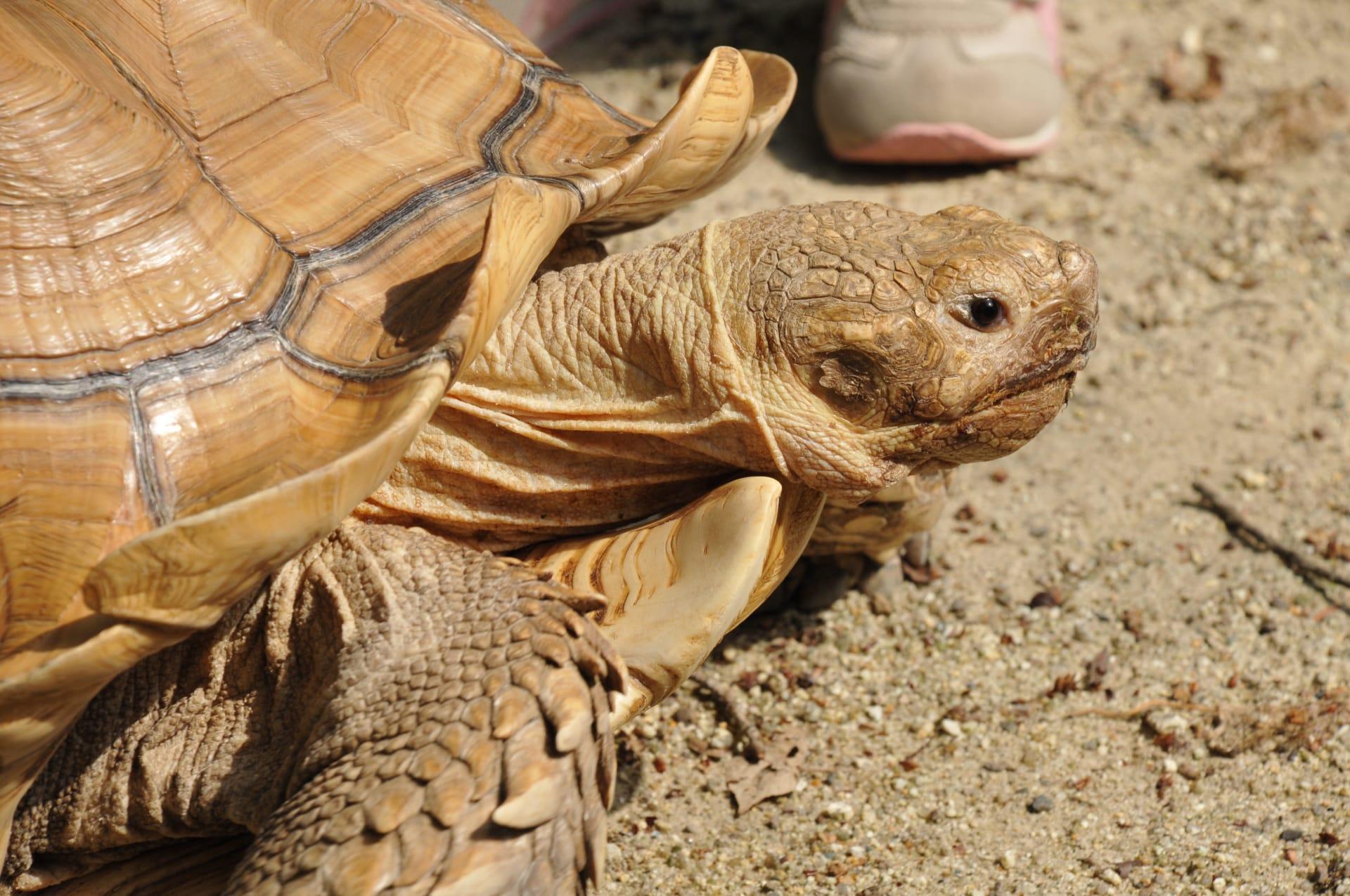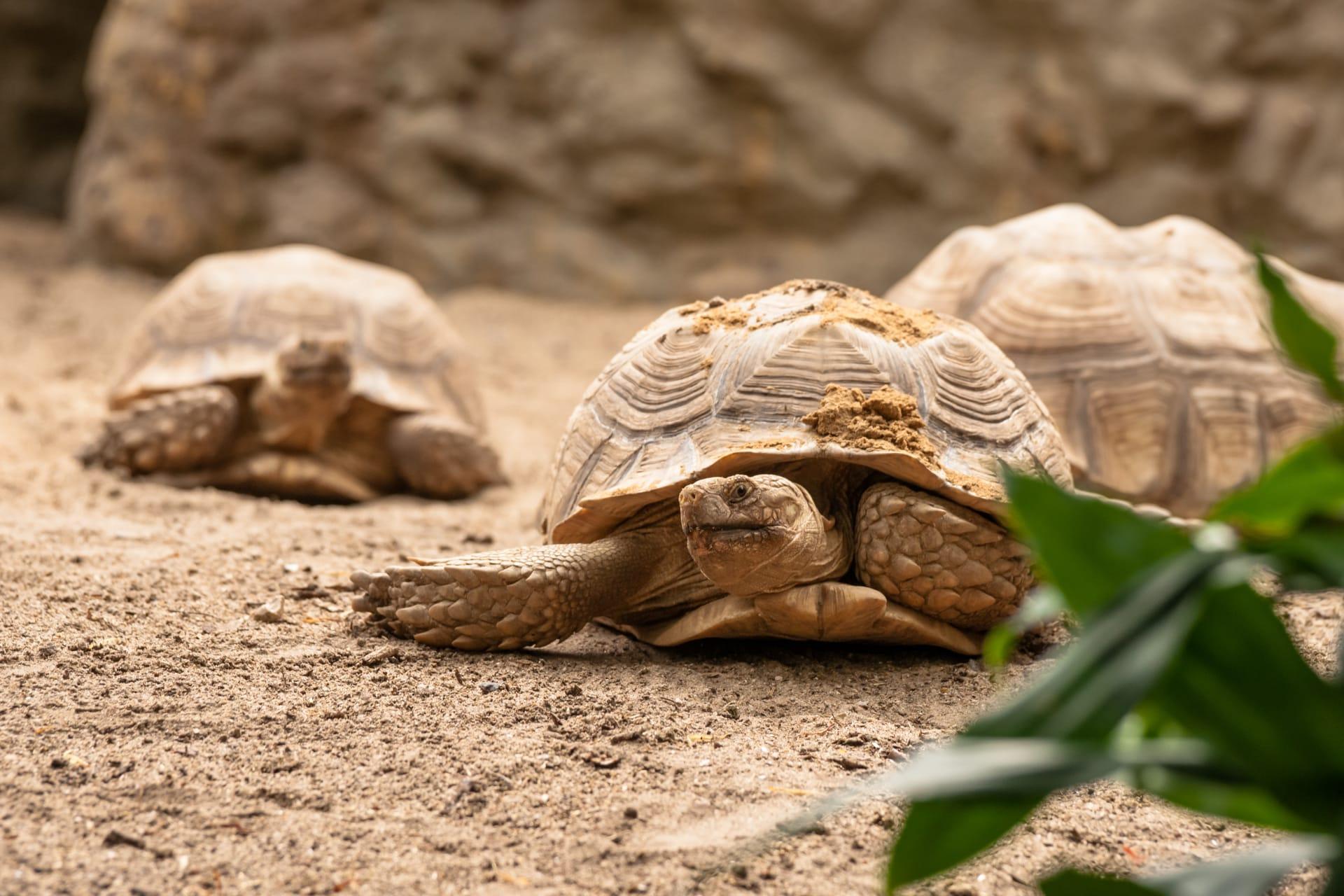Western Desert Tortoise
- Home /
- Mini Encyclopedia /
- Animal /
- Western Desert Tortoise
1
The Western Desert Tortoise, scientifically known as Gopherus agassizii, belongs to the family Testudinidae. This species is a part of the genus Gopherus, which encompasses North American tortoises. The Western Desert Tortoise is recognized for its distinct physical characteristics, including a high-domed shell, sturdy limbs, and a prominent gular horn under the chin, which is more pronounced in males. Their shell color ranges from light brown to black, blending seamlessly with their desert surroundings.
Native to the southwestern United States and northern Mexico, the Western Desert Tortoise inhabits arid and semi-arid grasslands, scrublands, and deserts. These tortoises are primarily found in the Mojave and Sonoran Deserts. Their range extends from southeastern California through southern Nevada, southwestern Utah, to western Arizona, and into northern Mexico. They thrive in elevations from below sea level up to 3,500 feet, adapting well to extreme temperatures and arid conditions of these regions.

2
Question: Do Western Desert Tortoises store water for survival in the desert?
Answer: A common misconception about the Western Desert Tortoise is that it stores water in its shell. In reality, these tortoises possess a unique adaptation: they store water in their bladders. During the rainy season, they drink copious amounts of water, which is then stored in the bladder. This stored water can be reabsorbed when needed, especially during droughts. This adaptation is crucial for their survival in the harsh desert environment, where water is scarce and unpredictable.

3
The Western Desert Tortoise has evolved several survival strategies to thrive in the harsh desert environment. One key strategy is estivation, a state of dormancy during extreme heat. During the hot summer months, they spend up to 95% of their time in underground burrows, which maintain a more stable temperature and humidity than the surface.
Another strategy is their diet, which consists primarily of wildflowers, grasses, and cacti. This diet is high in water content, helping them stay hydrated. Additionally, these tortoises are able to extract and metabolize water from the vegetation they consume, reducing their dependence on direct water sources.

4
In the ecosystem, the Western Desert Tortoise plays a significant role in seed dispersal and vegetation dynamics. By consuming various plant materials, they help in spreading seeds through their droppings, aiding in plant propagation and biodiversity.
Furthermore, their burrowing behavior benefits other desert species. The burrows provide shelter and a microhabitat for small mammals, birds, reptiles, and invertebrates. These burrows help in regulating temperature and humidity, offering a refuge for these species against the extreme desert climate.

5
Film: "Desert Guardians" (USA, 2015) - This documentary focuses on the Western Desert Tortoise and its struggles in the Mojave Desert. The film showcases the conservation efforts to protect this species, highlighting the challenges posed by urban development and climate change.
Book: "The Secret Life of the Desert Tortoise" (USA, 2018) by Karen R. Klein - This book offers an in-depth look at the life and habits of the Western Desert Tortoise, exploring their adaptations and survival strategies in the desert ecosystem.
Book: "Tortoises of the Southwest" (USA, 2021) by Lisa M. Smith - This book provides a comprehensive overview of tortoise species in the Southwestern United States, with a special focus on the Western Desert Tortoise. It delves into their biology, habitat, and the conservation challenges they face.